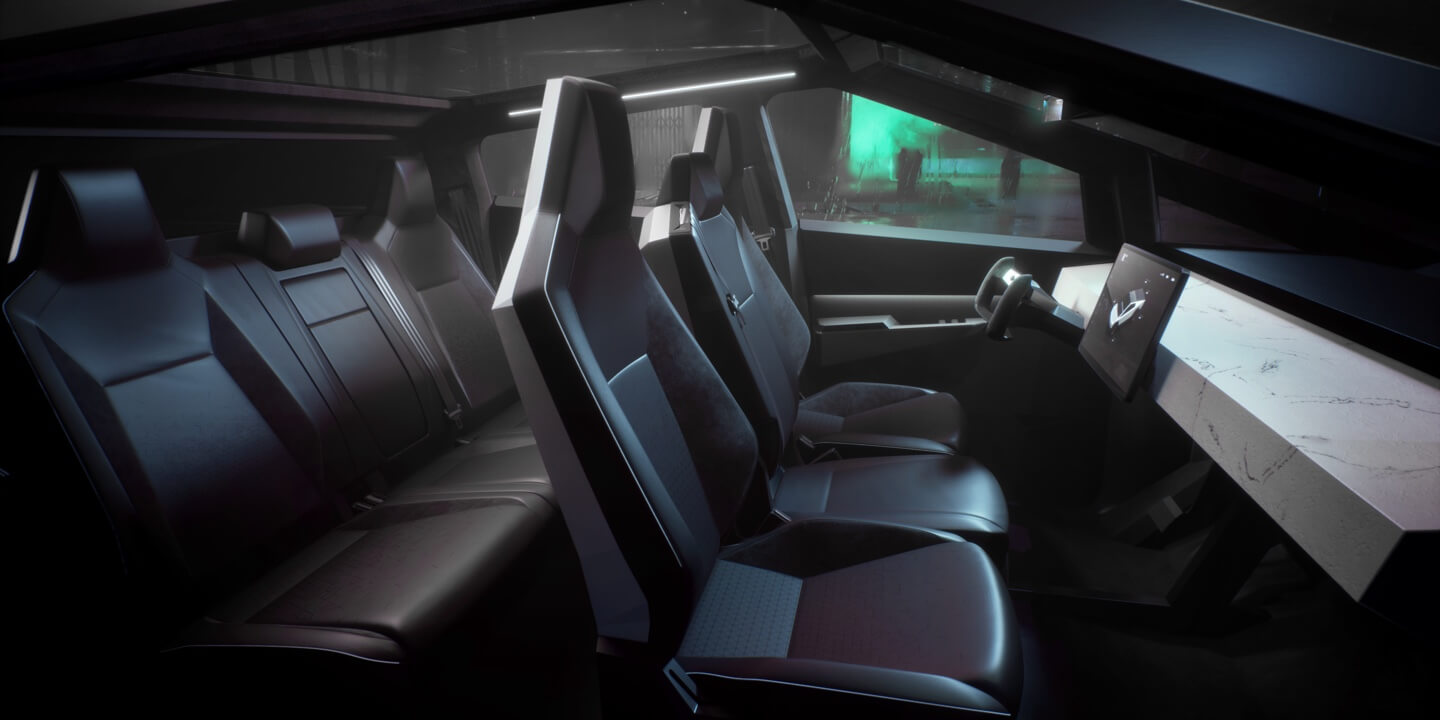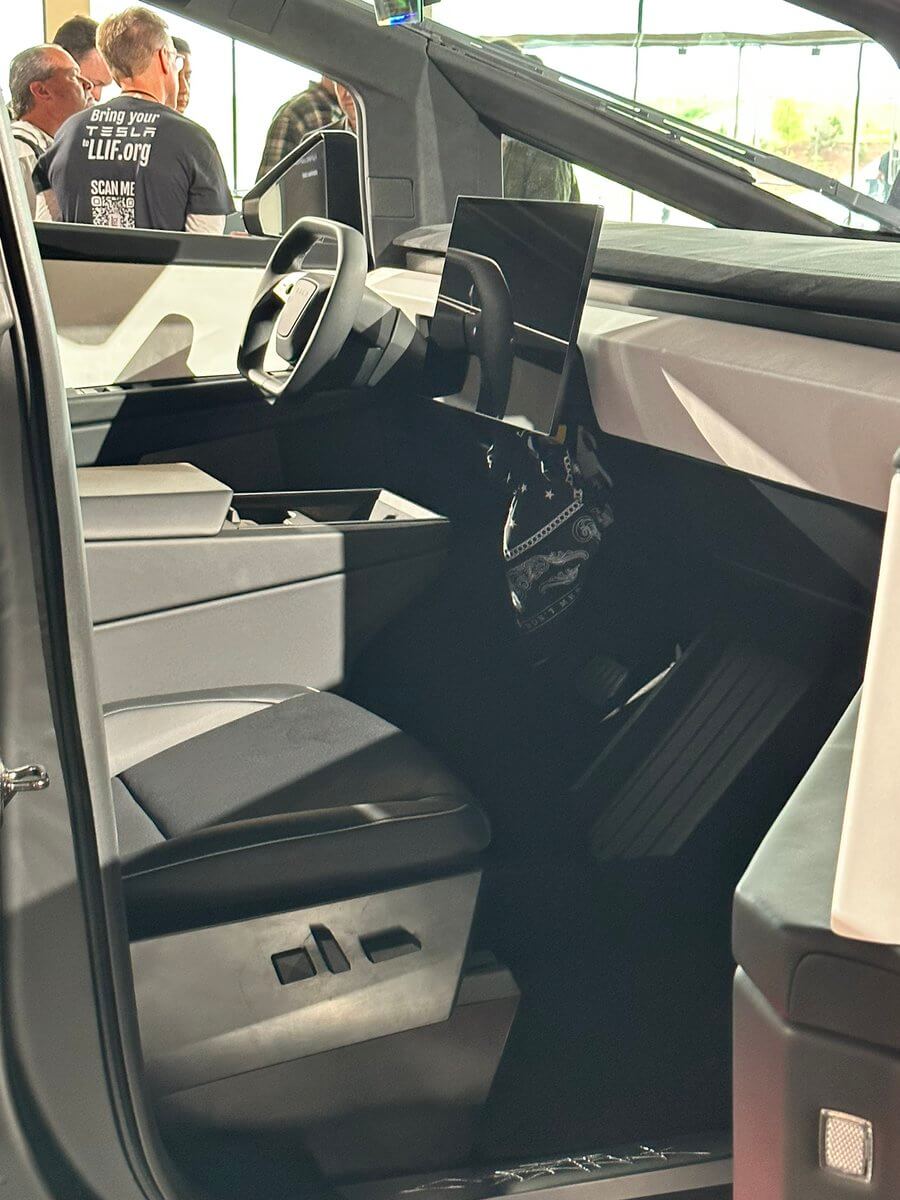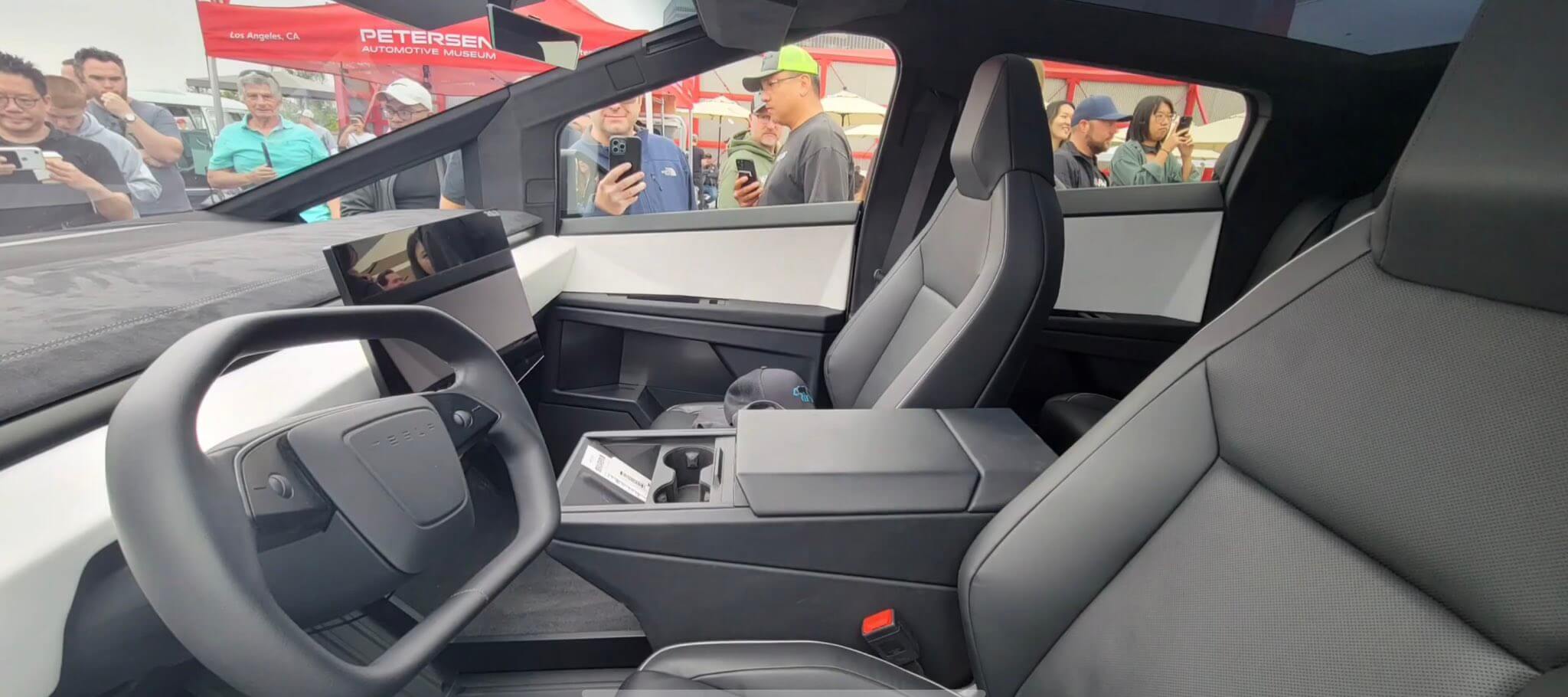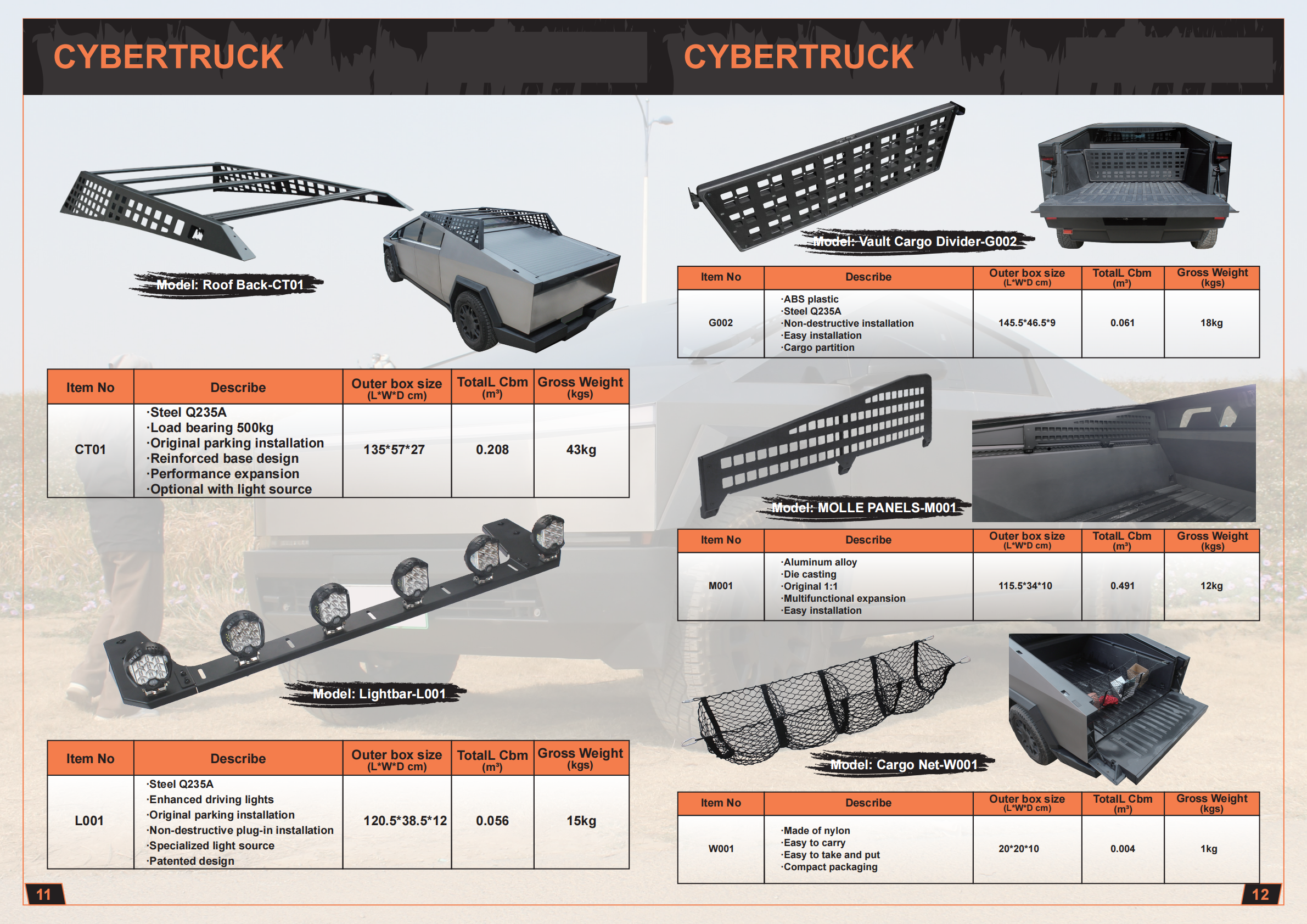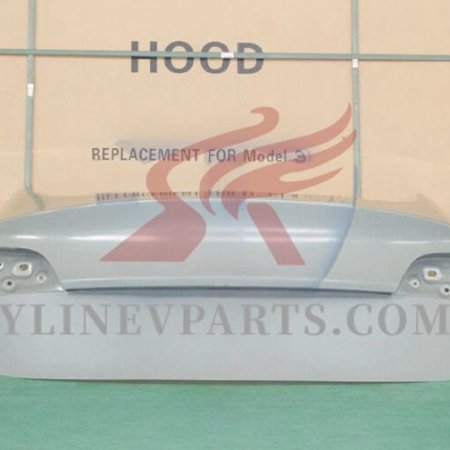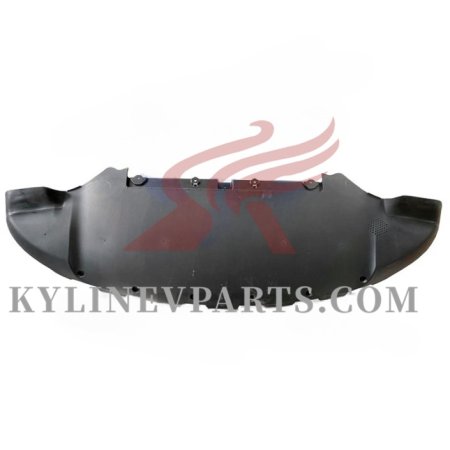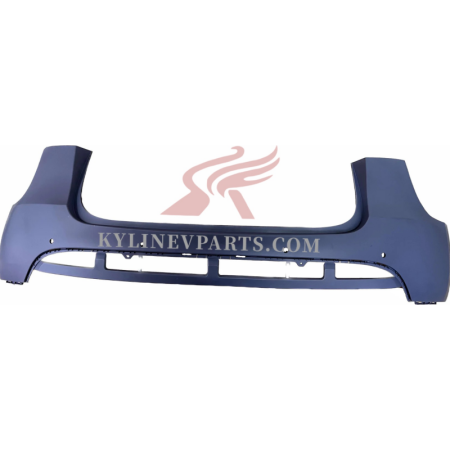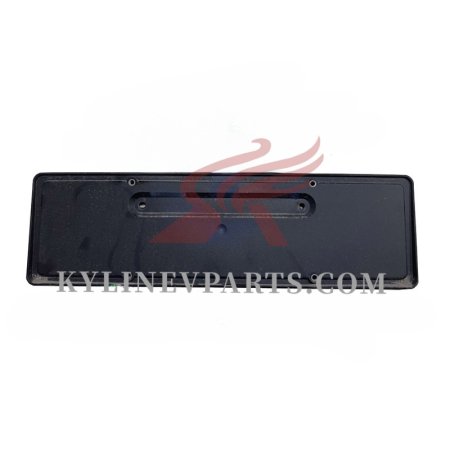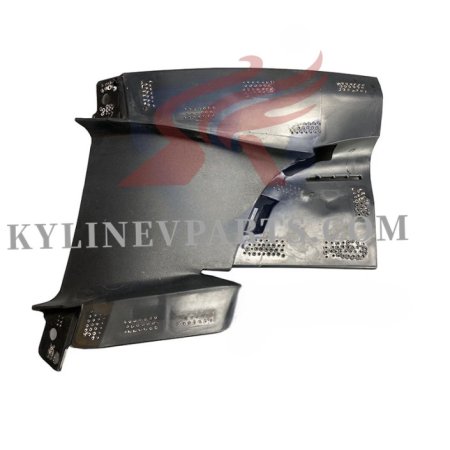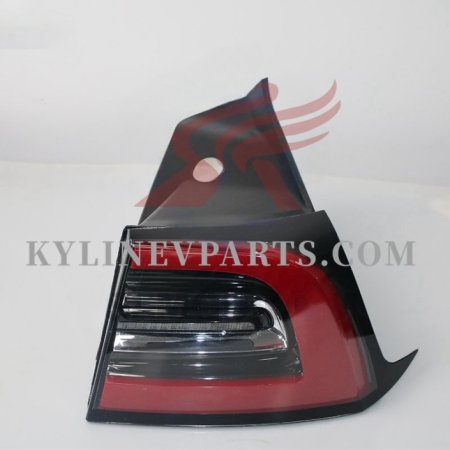Inside of a Cybertruck: How has the design changed?
Tesla’s Chief Designer, Franz von Holzhausen, has famously said the Cybertruck is a vehicle that may never have a true “pencils down” moment. That philosophy has driven an ongoing cycle of redesigns and fine-tuning, touching everything from the vehicle’s body and interior layout to its underlying powertrains. It’s a testament to Tesla’s iterative approach: a bold, ever-evolving electric truck shaped as much by vision as by the willingness to keep improving.
Just how much has the Cybertruck’s interior evolved? Honestly, it might be quicker to point out what stayed the same. But where’s the fun in that? A side-by-side comparison between the 2019 prototype and what we’ve seen in recent sightings offers a far more compelling look at Tesla’s design journey. And considering these recent peeks are likely close to the final version—expected to reach customers within the next two or three months, according to Elon Musk—it’s the perfect time to reflect.
So let’s hit rewind and take a look back at the original Cybertruck interior Tesla unveiled during its unforgettable debut in 2019.
Take a closer look at the original press image Tesla shared during the Cybertruck’s unveiling, and a few bold interior choices immediately stand out:
- A futuristic yoke-style steering wheel
- A full three-seat configuration in the front row
- A striking, marble-textured dashboard made from recycled paper materials
Fast-forward three and a half years, and those early design statements have all but vanished. Each feature has been reworked, swapped out, or scrapped altogether as the Cybertruck’s interior matured from concept fantasy to a production-ready reality. It’s a clear reflection of Tesla’s iterative design process—and a sign of how much can change on the road to launch.
Inside of a Cybertruck: Yoke Steering
In the earliest Cybertruck concept, Tesla went all-in with a true yoke-style steering wheel—edgy, minimal, and distinctly futuristic. Although the Model S and X Plaid would later debut yoke steering officially, the Cybertruck was actually the first to preview it publicly, with those initial images surfacing well before the Plaid rollout.
The reaction? Mixed. Some admired its bold aesthetic, while others questioned its day-to-day usability. As development continued, Tesla appears to have taken the feedback to heart. Recent sightings point to a redesigned wheel—still compact like the yoke, but with a more conventional top portion that brings back the circular form factor many drivers are used to.
This more balanced steering design made its first appearance during Tesla’s Investor Day in March, marking a subtle but important pivot toward practicality without sacrificing the Cybertruck’s modern edge.
The updated “closed” yoke-style steering wheel is starting to show up consistently across recent Cybertruck builds. During the past weekend’s showcase at the Petersen Automotive Museum in Los Angeles, multiple trucks on display featured this same hybrid steering wheel design—a sleek, compact form that fuses the edgy aesthetic of the original yoke with the comfort and control of a more traditional round wheel.
Its repeated presence on several units suggests this could very well be the final production version Tesla is preparing to deliver, striking a practical balance between innovation and driver familiarity.
Inside of a Cybertruck: Front Row Seating Changes
In its early concept form, the Cybertruck showcased a three-seat front row, complete with a fold-down center seat—a nod to the bench-style setups seen in many traditional pickups. This configuration offered added versatility, easily converting from seating for an extra passenger to a functional center console with storage, cup holders, and an armrest.
But that design appears to have been left behind. Recent prototypes and public sightings now reveal a fixed center console taking the place of the fold-down seat. This shift likely stems from Tesla’s efforts to slightly scale down the Cybertruck’s overall dimensions—an adjustment made to ensure it fits in standard parking spots and can navigate the Boring Company’s tunnel network. With space optimization a priority, the trade-off for a permanent center console over bench seating seems to reflect both practicality and design intent in the final production version.
Inside of a Cybertruck: Marble Dash
Following the Cybertruck’s initial debut, Tesla revealed plans to incorporate a unique dashboard material made from recycled paper composites. This eco-friendly approach wasn’t just about sustainability—it also delivered a striking marble-like finish that gave the interior a modern, minimalist look. Durable, lightweight, and visually distinctive, the material embodied Tesla’s mission to blend cutting-edge design with environmental consciousness, reinforcing the company’s commitment to innovation with a greener footprint.
When the Cybertruck was first unveiled, the marble-style dash stood out as a bold interior focal point—spanning far toward the windshield and creating a wide, uninterrupted surface that emphasized minimalism and futuristic flair. Its presence was both dramatic and symbolic of Tesla’s design-forward, eco-conscious approach.
As the Cybertruck moved closer to production, however, this feature underwent a noticeable transformation. The latest builds still showcase a marble-inspired dash, but it’s far more restrained in size and placement. The sweeping expanse seen in the prototype has been trimmed back significantly, likely in response to ergonomic needs, safety regulations, or refinements for mass production, resulting in a cleaner, more practical execution of the original idea.

